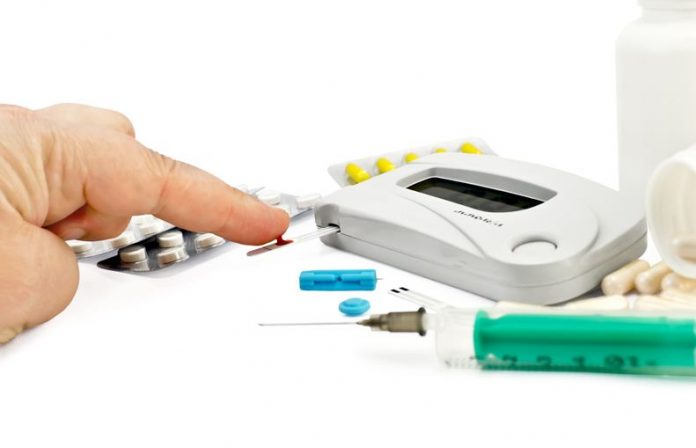Back in the 1950s and 60’s most people didn’t rate diabetes as a major problem. Back then, all the focus was on dealing with more prominent diseases such as polio and tuberculosis.
If diabetes was thought about, it was more in the context of cutting out sugar in your coffee, rather than as a serious threat to your eyesight or your life.
That’s all changing. It’s not too much to say that diabetes is now reaching epidemic levels in most of the western world.
According to the American Diabetes Association, there are over 20 million diabetics in the United States alone, with a staggering one-third undiagnosed.
It’s also going to get a lot worse with another 41 million Americans already showing pre-diabetic signs.
Diabetes is a disease that mostly affects blood vessels and in its extreme forms can lead to serious heart disease, stroke, and kidney damage.
Clearly these life-threatening diabetic vascular diseases deserve priority attention, but high on the critical list for diabetics is the risk of serious eye disease and loss of vision.
Vision is one of our most critical senses and in this “need for speed” information era, over 70% of our sensory information comes through our eyes.
According to the American Academy of Ophthalmology, diabetics are 25 times more likely to lose vision than those who are not diabetic.
With diabetes already being the number one cause of blindness in the United States, it’s no wonder eye care professionals are predicting a devastating increase in vision loss as the diabetic epidemic grows alarmingly.
Newly diagnosed diabetics often have nothing more than minor vision fluctuations which settle when blood sugar levels improve with treatment.
Early on it’s easy to believe everything is fine. After some years though, continuing high blood sugar can gradually damage the blood vessels at the back of the eye in the retina.
This causes a problem called diabetic retinopathy and the longer you have diabetes the more likely you are to have retinopathy.
The risk increases further when there is poor control of blood sugar levels. More than 70% of diabetics develop some changes in their eyes within 15 years of diagnosis.
Retinopathy is graded as Non-proliferative or Proliferative. Non-proliferative retinopathy is the common milder form, where small retinal blood vessels break and leak.
There may be some mild retinal swelling but it rarely requires treatment unless it causes hazy central vision or straight lines appear bent.
Proliferative retinopathy is the less common, but more serious form where new blood vessels grow abnormally within the retina.
If these vessel scars or bleed they can lead to potentially serious vision loss including blindness. Early laser treatment can seal leaking vessels and slow the progress of diabetic retinopathy, but can’t reverse existing vision loss.
For now, there is no “magic pill” to eliminate the risk of diabetic eye damage, but you can do two important things to help prevent more serious complications.
Poor blood sugar control is one of the main causes of serious diabetic retinopathy. The critical first step is making sure you stabilize and control your blood sugar with a healthy diet and regular exercise.
The second step is to make sure you have a yearly diabetic eye examination. An experienced eye care professional can pick up subtle diabetic eye changes long before you notice any vision change, and more importantly, early enough to do some good.
If you or your family are affected by this rising tidal wave of diabetes: take action now to reduce your risk of vision loss. Don’t be a victim!

